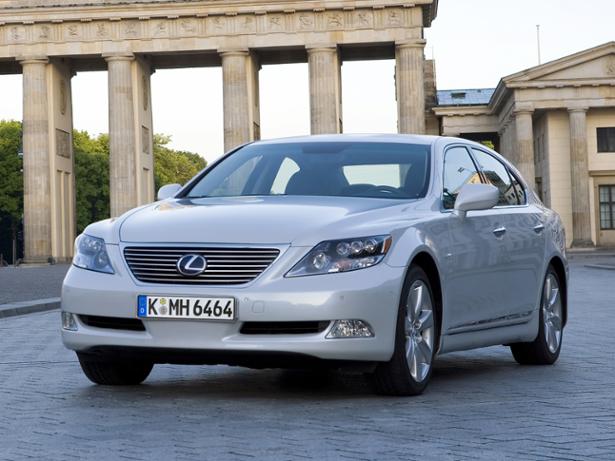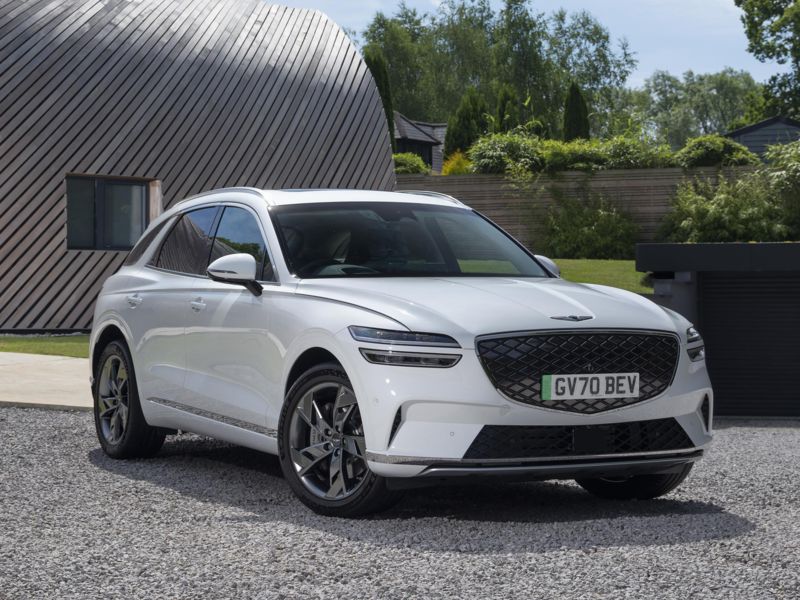Should I buy winter tyres?

Winter tyres are increasingly promoted by tyre makers and fitters. They can help improve traction and safety in wintry conditions – but are they worth the extra cost?
Looking for a tough car that can cope with tough weather? We round-up the best 4x4s and large SUVs.
What are winter tyres?
Winter tyres are designed specifically to remain supple in colder temperatures and maximise traction when driving on snow and ice.
The key differences between winter tyres and summer tyres are:
- Winter tyres use a softer rubber compound (usually by including more natural rubber in the mix), which stays softer in low temperatures.
- The surface of the tread blocks is covered with small jagged slits – called sipes. These increase the tyre's surface area against the road and improve traction.
- To more effectively displace water, winter tyres generally have deeper-tread grooves than conventional summer tyres.
- The tread pattern is also designed to collect snow, further improving traction on snow and ice.
Most UK cars are fitted with summer tyres. There's no legal requirement to fit winter tyres during colder months, but in some countries on the European continent winter or all-weather tyres are compulsory in certain weather conditions.
How much are winter tyres?

As with regular tyres, winter rubber sells at a wide range of prices. Budget models in a common size suitable for a family hatchback are available for around £70 per wheel.
A comparable winter tyre from a premium manufacturer can cost roughly £100. But, as with their summer counterparts, they are likely to offer greater levels of grip and braking performance.
As demand for winter tyres has grown, some premium tyre manufacturers – such as Michelin and Pirelli – have even released high-end models aimed at sports car owners. These claim to offer sufficiently high grip and traction to use a powerful car that would otherwise be almost undriveable in slippery conditions. These sit at the top end of the range, price wise, and can cost around £250 per tyre, depending on model.
Does your car sometimes conk out in cold weather? Find out how to jump start your car properly.
Do winter tyres make a difference?

Winter tyres do make a difference if the weather is cold enough. Winter tyres offer greater traction, grip and braking performance than summer tyres in temperatures below 7°C. Provided the temperature is low enough, their special tread patterns mean they will perform better in the wet, as well as on snow and ice,
The key to their improved grip on wet and ice-covered surfaces is the 'sipes', which provide hundreds of small extra edges to grip the road as the tyre rotates. The sipes help not only because of their edges, but also because they enable localised movement of the rubber as the soft compound clings to the road.
A larger single solid-tread block, like the ones you see on summer tyres, would stay rigid in such conditions and be unable to maintain grip as effectively.
Winter tyres are also designed to gather a snowy 'in-fill' in the tread grooves and in the sipes to help with grip on packed snow. Nothing grips snow better than snow itself, and winter tyres exploit this by gathering and holding as much of it as possible.

The extra-deep tread grooves also help the tyres to disperse surface water and usually increase resistance to aquaplaning - this is where the tyre passes on top of the water rather than through it, and it increases the risk of losing control of the car.
At temperatures above 7°C, winter tyres offer significantly poorer performance in dry conditions than summer tyres. This can mean a marked increase in braking distances and poorer grip on bends.
Winter tyres suffer from increased wear rates if used in warmer temperatures.
Drivers may also notice increased road noise and a slight difference in ride quality when switching to winter tyres.
Are winter tyres just for snow and ice?

Winter tyres are designed for use in all winter conditions, not just snow and ice. Tyre manufacturers claim this means any weather conditions with temperatures below 7°C.
To save hassle and expense when changing tyres, you may want to buy a second set of wheels which you fit your winter tyres on. In many countries where winter-tyre use is mandatory, drivers often opt for steel rims - these are less likely to corrode after exposure to winter grit. They are also less expensive to repair or replace if you accidentally slide into a kerb.
If you’re fitting winter tyres, it’s worth carrying a winter spare as well. Fitting a summer spare tyre alongside three winter ones could make your car’s handling more unpredictable, due to different levels of grip at each corner.
Unless you have room in your garage or shed, you'll probably also need to pay to store your 'out-of-season' wheels. Several fast-fit centres, car dealers and even removal companies offer this service, although prices vary.
Compare car insurance
Find the right policy for your vehicle using the service provided by Confused.com
Get a quote now






















